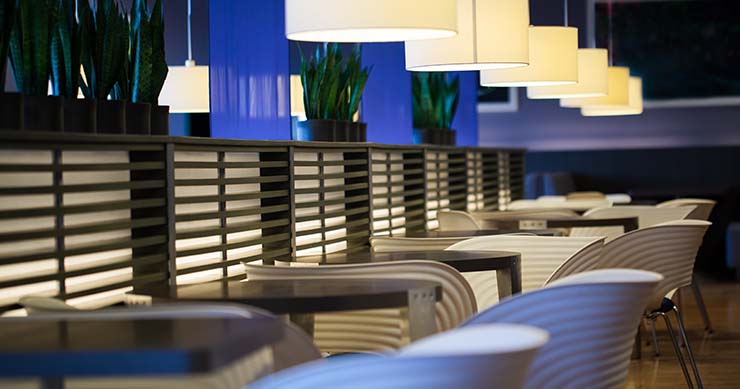Flexible workforce schedules have been shown to provide a better place for creativity to thrive. Workplace flexibility is described in this case as an arrangement that allows staff to work remotely more readily, or ability to choose what hours or days a worker works. For this to work best, employees must believe in the work style. There also must be good and constant communication between employees and employers. The right tools must be in place to better enable the flexibility. There can not be a one-size-fits-all policy, and workers must be able to choose for themselves the best policy, and constant engagement is important as well. This can help create a better work place with happier and more productive employees.
Key Takeaways:
- Accommodating workers by making improvements in the work place or allowing work from home is beneficial for both sides of the work place.
- The quality of life in the workplace should be supported by being adaptable to people’s needs and situations.
- Saving time and having effective and happy employees is essentially the main benefit by being flexible in the workplace.
“A key driver in creating productive workforce is providing an environment and vibe that encourages creativity. As our workforce diversifies and our work becomes more digitalised and global in nature, the discussion around flexibility has increased.”

Leave a Reply